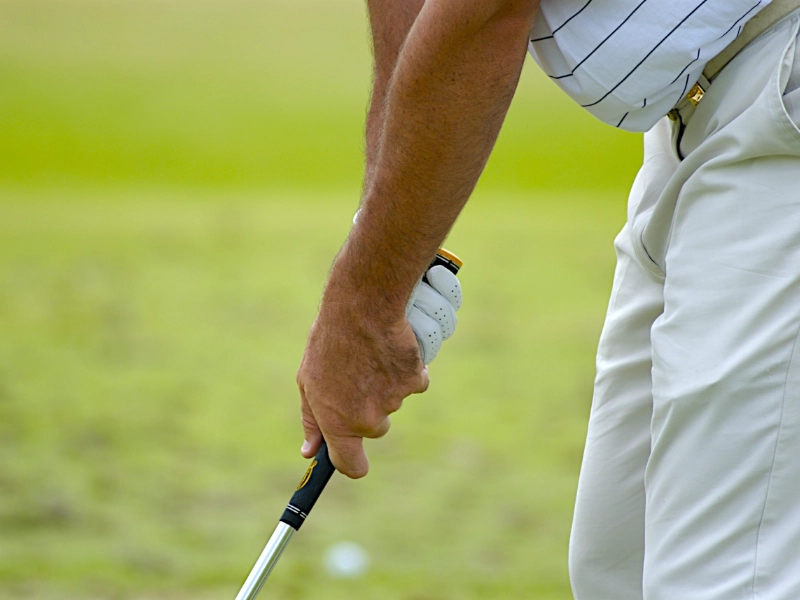Whether you have been playing golf for a long time or are a novice, the correct grip will greatly enhance your swing. Though first uncomfortable, if you keep at it it will eventually become second nature. Based on the finger positions relative to the core of the grasp, there are three major forms of grips: neutral, weak or strong.

Beginning users frequently find this grip natural and enable them to concentrate on other areas of the swing. It also fosters a close relationship with the club, but this could result in too high grip pressure. Usually unable to control the clubface upon impact, players using this grip will produce a slice or draw. With this grip, opening the clubface and adding more loft makes lob shots, bunker shots and high chipping effortless. For golfers with hand problems or joint pain, the 10 finger grip is a wonderful choice since it minimises wrist movement and can lower the possibility of fat and thin shots. Learning and adjusting to the new grip takes time though. One should practise and get familiar with the several finger placements on the club. You will eventually feel at ease in the posture and more confident about your shot making skills.

Should you like to vary your grip, the overlapping technique is also worth attempting. On your lead hand, this is a basic grip whereby the pinky of your trail hand is positioned between your index and middle fingers. Among the other advantages of this grip are the ones that let your hands cooperate and aid to minimise wrist activity throughout the swing. The drawbacks are that this grip could take time to become comfortable and could feel unnatural. Furthermore challenging to manage the club is especially for players with smaller hands. Using this grip, Tiger Woods, Jack Nicklaus, and Rory McIlroy have discovered success. Since it might affect your whole swing, it is advised that you be fitted for a golf grip before choosing this one. See our page, Grip Size and Your Grasp, for further details on selecting the correct grip for you.

Connecting the index finger of your trailing hand (left for right-handed golfers) with the pinky of your leading hand just below the second knuckle is the interlocking grip. This grip improves stability over the swing and forms a close link between your hands. It's also a great choice for smaller handed golfers. For golfers with bigger hands, this grip can be uncomfortable, though, and if it is clasped too tightly or deeply, it may cause pinky finger pain. Should this happen, varying the interlock depth will help to resolve this problem. Changing your grip will greatly affect the wrist angle at contact, hence it's crucial to track the changes. Starting small, concentrate on your wrist posture during setup and then progressively work up to complete swings as you change to an interlocking grip. It's important to keep constant pressure throughout your swing, hence make sure you routinely check your grip pressure.

New golfers would be wise to choose the neutral grip since it lets them keep their hands in a natural posture. This lessens the extreme wrist flexion and forearm supination brought on by either a strong or a weak grip. Without changing their grip, this one lets the golfer feel free to make changes with their swing path, such a fade or draw. This reduces their danger of a hook or slice and helps them preserve consistency in their shots. Close the top index and bottom pinky finger of your trail hand around the grip, interlocking them or going baseball-style—where the top index and bottom pinky finger are touching. For right-handed golfers, the V your thumb and index finger create should point towards your trail shoulder. This stance forces a square clubface at impact.